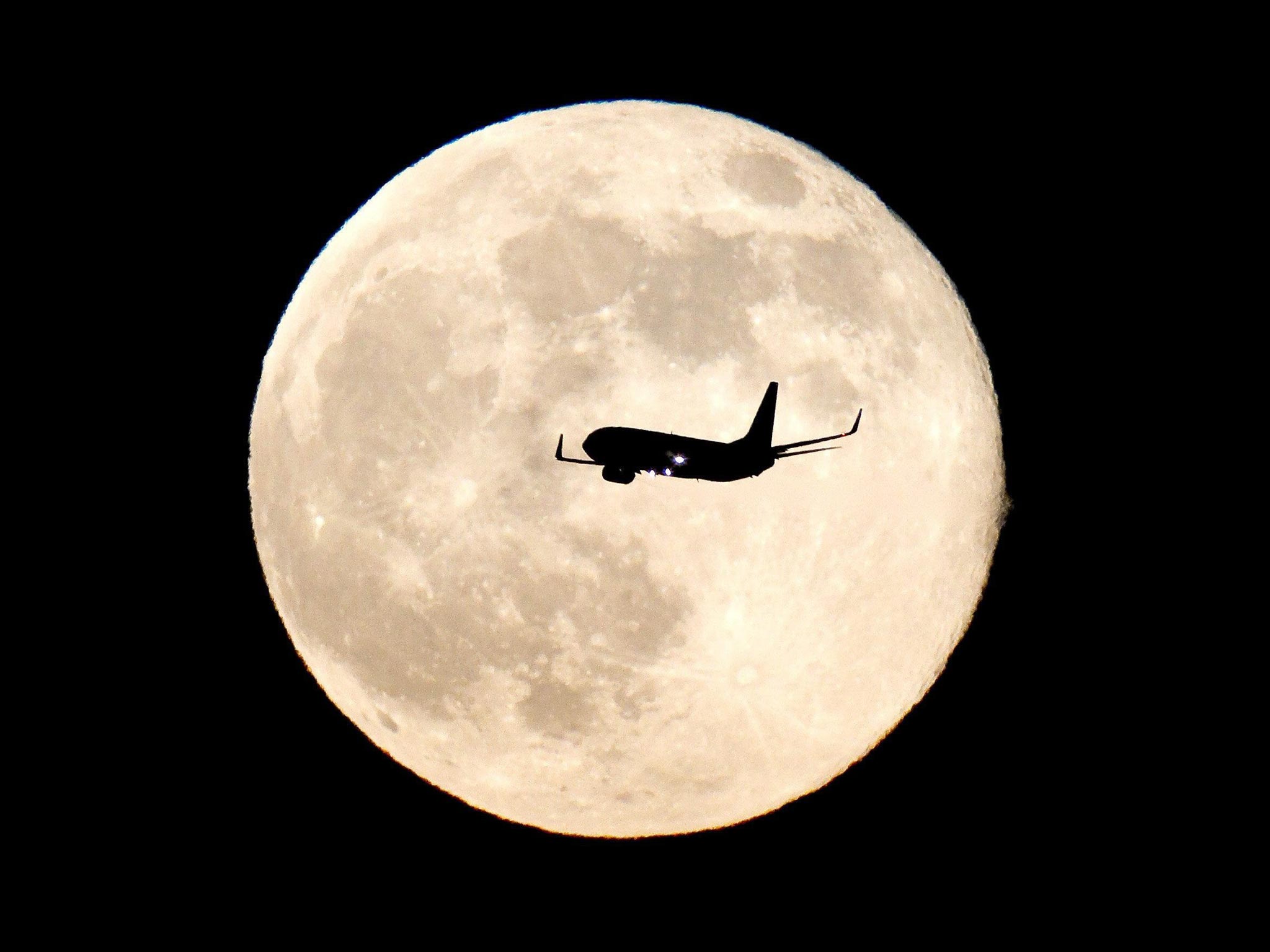Supermoon season: first of three massive moons can be seen tonight
Tonight’s ‘perigree’ moon will be big, bright, and about 30,000 miles closer to the Earth

Your support helps us to tell the story
From reproductive rights to climate change to Big Tech, The Independent is on the ground when the story is developing. Whether it's investigating the financials of Elon Musk's pro-Trump PAC or producing our latest documentary, 'The A Word', which shines a light on the American women fighting for reproductive rights, we know how important it is to parse out the facts from the messaging.
At such a critical moment in US history, we need reporters on the ground. Your donation allows us to keep sending journalists to speak to both sides of the story.
The Independent is trusted by Americans across the entire political spectrum. And unlike many other quality news outlets, we choose not to lock Americans out of our reporting and analysis with paywalls. We believe quality journalism should be available to everyone, paid for by those who can afford it.
Your support makes all the difference.For some, it will be the first of three hotly-anticipated ‘supermoon’ nights, in which the planet’s moon will appear larger and brighter than it has in months; for many, tonight’s moon will probably look a bit bigger than usual.
Either way, it will be worth taking a quick peek out of the window, especially at around 11:25pm (GMT).
Tonight marks the first of three supermoons expected in as many months. The larger and brighter appearance of the moon is caused by the oval shape of the moon’s orbit of the Earth.
Tonight’s phenomenon, known to scientists and astronomers as a “perigree” moon, occurs when the moon is in the 30,000 miles – or 50,000 kilometres – closer to the Earth than the farthest point in its orbit, which is called an “apogee” moon.
Nasa said that last year’s supermoon in June appeared 14 per cent larger and 30 per cent brighter than usual, but Geoff Chester at the US Naval Observatory expects this moon will simply be “illusory”.
He told Nasa that full moons appear near perigree every 13 months and 18 days, rendering them “not that unusual”. He said that there were three perigree moons in a row last year, though only one was widely reported.
This year however, moon-buffs are looking forward to the supermoon on 10 August, when the moon becomes full within the same hour of being at the perigree point in its orbit, when it will be 863 miles closer than tonight’s moon.
"I guarantee that some folks will think it's the biggest Moon they've ever seen if they catch it rising over a distant horizon, because the media will have told them to pay attention to this particular one," Mr Chester told Nasa.
For those that miss out on the mega-supermoon, there is hope still hope: the third of the supermoon will be able to be seen on 9 September.
Join our commenting forum
Join thought-provoking conversations, follow other Independent readers and see their replies
Comments